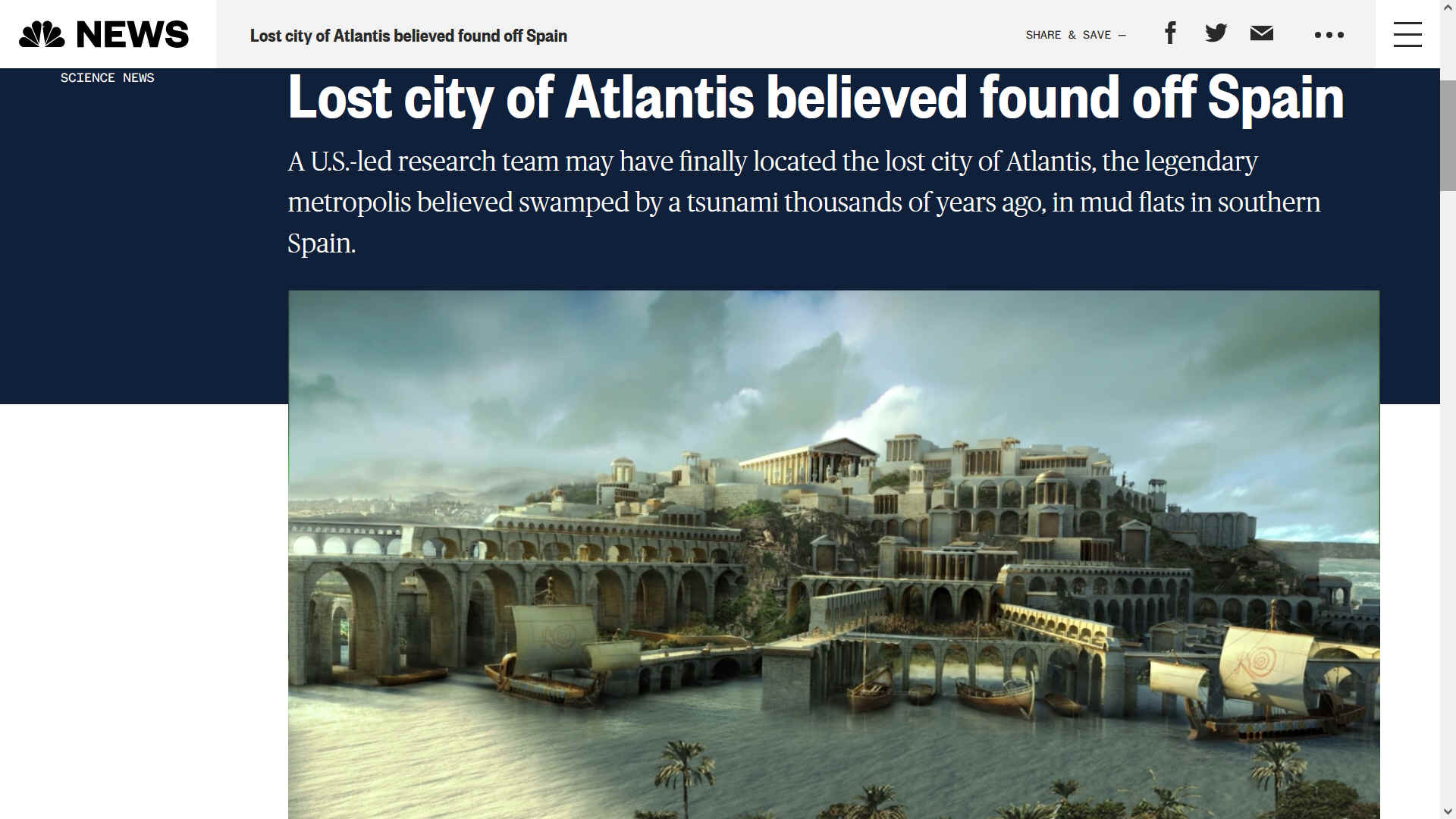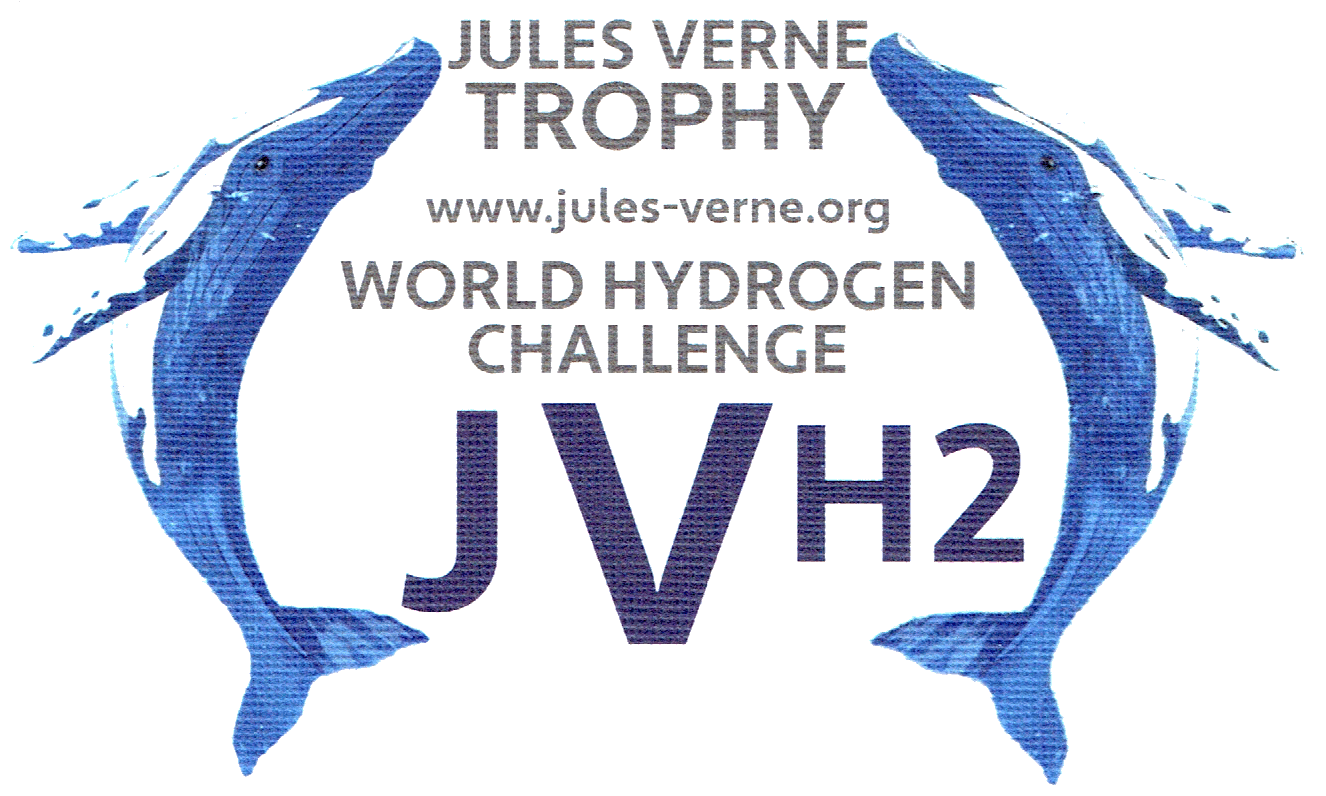|
PORT ROYAL - CARIBBEAN SEA
OCEAN AWARENESS - UNDERWATER ARCHAEOLOGY
Please use our A-Z INDEX to navigate this site or return HOME
|
|
|
RACE AGAINST TIME: Ocean levels are rising as the Arctic and Antarctic ice caps melt from being warmed due to climate change. Today islands are sinking as we write. That is the legacy that we are creating, and must do our utmost to undo.
|
|
|
|
|
|
Port Royal was established by the Spanish in 1518. On June 7, 1692, a massive earthquake followed by a tsunami killed 2,000 people and submerged the city of Port Royal in Jamaica. Once called the “wickedest city on earth,” Port Royal was home to real-life pirates of the Caribbean, and the city’s sinking was deemed an act of God. But that did not stop the pirates, who just moved farther up the coast. Today it is deemed to be one of the best-preserved underwater cites in the world, with only a few items having been removed and placed into various museums across Jamaica. You can scuba dive to the sunken city but need special permission from the authorities to enter Inner Space.
Edmund Heath, survivor and eyewitness to the devastating 1692 earthquake wrote these words in a letter from the safety of a ship moored in the city’s harbor, overlooking the ruins of his city. Port Royal, once called “the most wicked and sinful city in the world” was famous the world over for its
booze - the blackout-inducing Kill Devil Rum, its pirates, and its sex workers. Needless to say, when the city was nearly destroyed, there were some parties that saw it as a convenient solution to an ugly problem.
Ocean literacy could be taught in schools, as part of an educational curriculum to raise awareness of just how important the subsea kingdom is for land dwellers.
What lost treasures might we discover as the mysteries of the deep unfold, armed with new underwater technology and an army of freshly educated researchers with an interest in the deep.
ATLANTIS - MEDITERRANEAN SEA ATLIT-YAM - ISRAEL
PAVLOPETRI - GREECE RUNGHOLT
- DENMARK YONAGUNI JIMA - JAPAN
REFERENCE
https://www
|
|
|
|
|
|
Please use our A-Z INDEX to navigate this site
This website is Copyright © 2022 Jameson Hunter & Cleaner Ocean Foundation Ltd, equal opportunities companies. This website is carbon friendly, using less energy to load on average per page via simplicity & picture optimization. The same may not apply to third party links.
|


